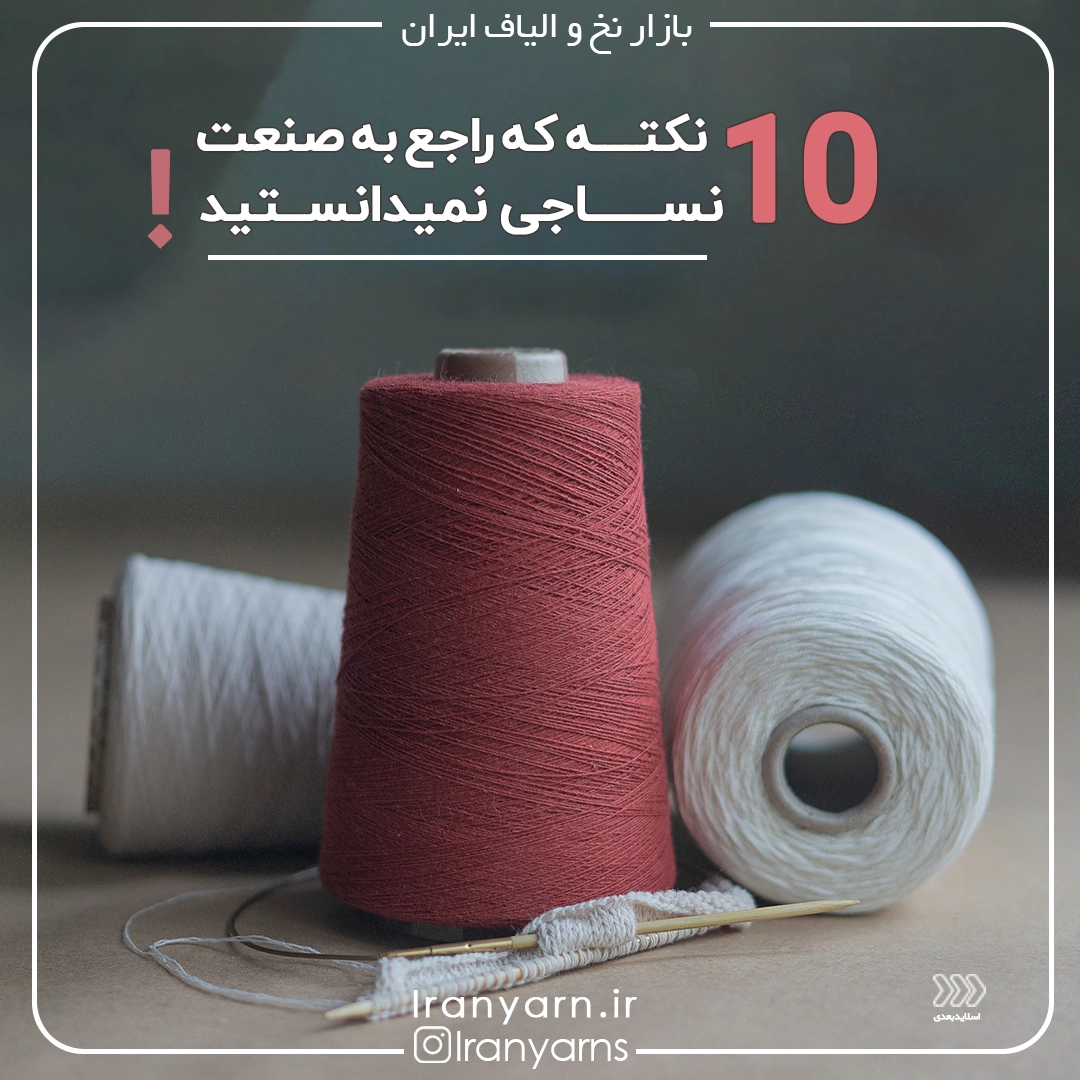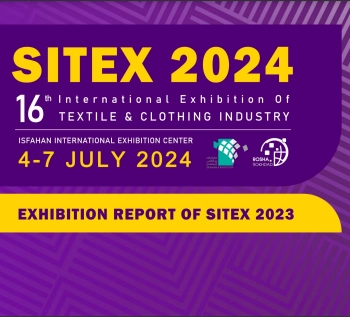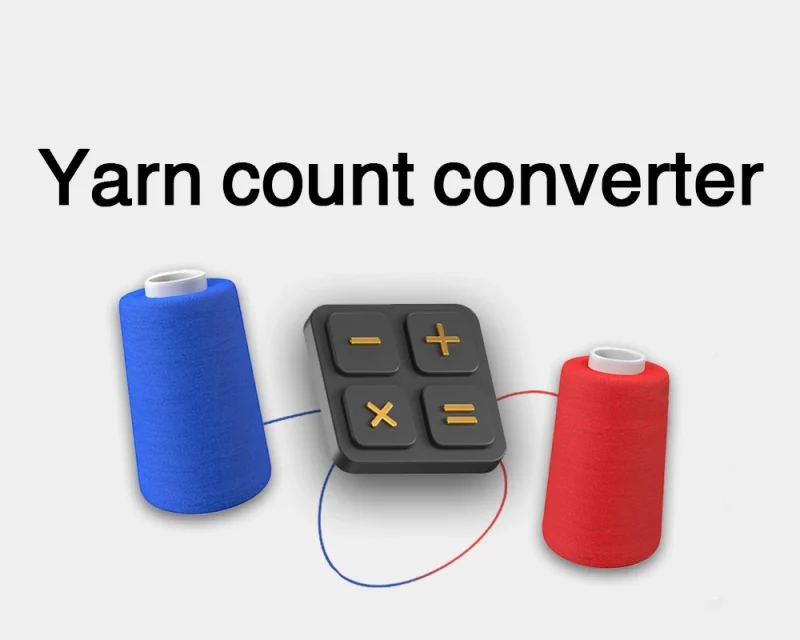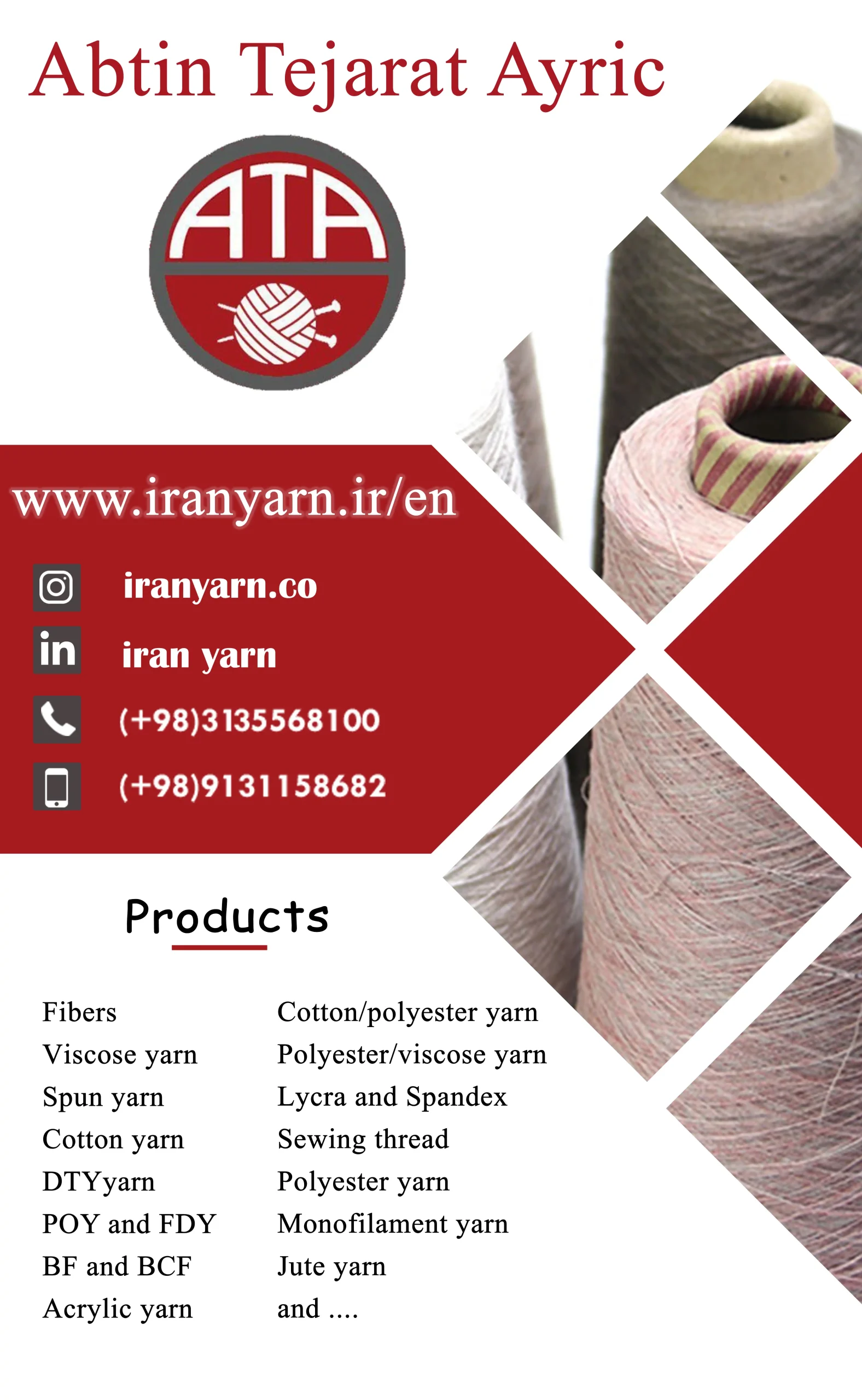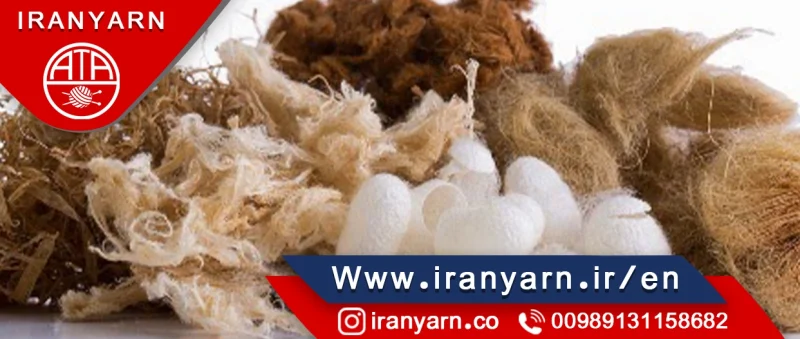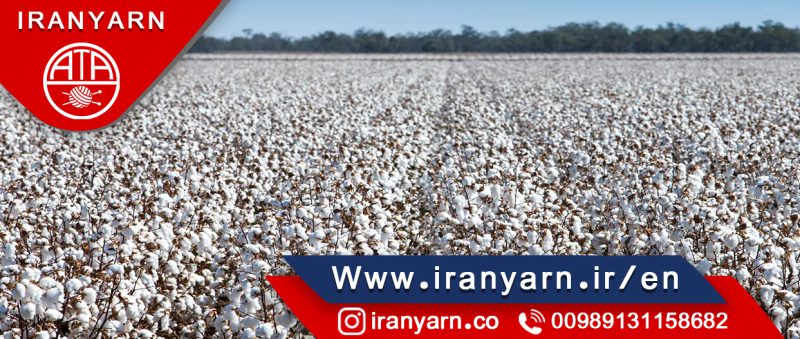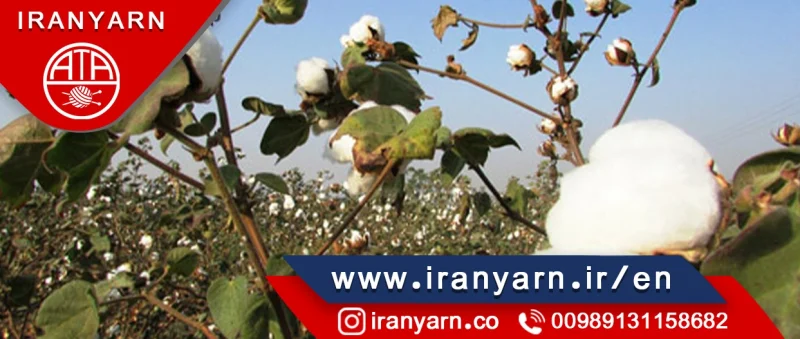1.cotton is the world’s most important natural fiber
Take a piece of clothing from your closet and check the label what does it say? Among other information about the size and how to preserve it, it is also saying what it’s made of. Clothing, towel, napkins, curtains, pillows and others usually mad out of two kinds of fibers natural or artificial. cotton is one the most Important and used natural fibers. Cotton is a soft fluffy stable fiber. This fiber has been used very much in textile industry.
2.vegan and ethical are the newest trends in this industry
Trends dictate what is good what is bad what’s saying and what will never make it every season, they usually change every six months and have a huge impact on the textile industry. Fast fashion is such a huge thing that people usually keep an item of clothing only for a season and then throw it away. With respect this is not doing anything good for the planet since making all of these clothes means polluting the environment that’s why a handful of company’s decided to invest on vegan and ethical trading fibers that helps the environment and offers a safer and cleaner alternative.
3.bangladesh has cheapest work force for the textile industry
Bangladesh among other western religion is still a developing country. They are struggling with respect to human rights and fighting the minimum wage. Since the population is so poor they willing to work for as little as a few dollars per day and big retailers like ZARA or H&M are opening factories there buying cheap materials and having cheap employees are the key factors to keeping the prices relatively low and meet the demand of market of fast fashion. In Bangladesh working in the textile industry is pretty much the only job there is which doesn’t give much power to the people to get payed better.
4.the textile industry is now worth almost $3 trillion
So far no billionaire and industry has come close to this, since textiles are used so widely it’s no wonder that this industry is one of the most prospers in the world along with the food and petrol industry. Today global clothing and textile industry worth proximity 3 trillion dollars and produces 80 billion garments worldwide every year, employing about 75million people worldwide. In this industry NIKE is among the biggest clothing exporter second in the world with revenues of over 30 billion dollars per year.
5.textile is the sixth biggest polluting industry
The journey of a natural or synthetic fiber is a long one and caved with the chemical process from the raw material to dresses and shoes is a long journey most people don’t care to know. Fibers have to be dyed, stretched, pressed, treated with all surds of chemicals and sometime glowed or sprayed to have a proper final look, texture or shaped. All these chemicals are polluting and it all end up in rivers and air. Not to mention once again how toxic the environment is for all of the employees.
6.the US is world’s biggest importer of garments in the world
And who do they import from? From china. Up to 50 % of all apparel products sold in the US come from China and the rest from other developing countries that provide cheap workforce like Bangladesh or India. The US is one of the biggest fashion consumers in the world with the average American spending roughly up to 1700dollars a year on clothing with woman aged between45 and 54 spending an average of 7093 dollars per a year on clothing alone
7.the most expensive fabric in the world is the vicuna wool
Cotton is one of the most used fabric in the world leather, fur, Kashmir and synthetic fibers are also widely used and often very expensive. Of Corse one of the most expensive fabric in the world is fur. Specially furs that come from exotic animals but what’s the most expensive fabric in the world? Wool, the wool from vicuna goat. Vicuñas are native to the central Andes in South America. They are found in Peru, northwestern Argentina, Bolivia, and northern Chile. And it’s the most expensive because its extremely rare and difficult to obtain as Vicuña sheep can only be shorn every 3years.the cost of the fabric ranges from 1800to 30000 dollars per yard. Another thing that makes vicuña wool so expensive is the fact that the animal starves it selves in captivity, which means farming it is almost impossible.
8.textile piracy is causing significant loss in the industry
The issue is extremely harmful to the textile industry with fiber counter fits entering the markets from china, especially at significantly lower prices. This not only hurts the local economy’s but can also put human’s health at risk, because all of the chemicals used in order to produce the fabrics. Guano is one of the country’s that face this problem losing about 150million dollars every year because of textile piracy and smuggling.
9.china is the world’s largest textile producer (UK is the second)
There is always one country that provides the whole world with all surds of things whether its food, clothing, electronic components or natural resources. In the textile industry China is the world leader. Exporting all over the world tons of different textiles.
10.the USA is responsible of15million tons of used textile waste each years
Studies show an average American throws away proximately 80pounds of used clothing every year and it costs city’s an average of 45dollars per a ton for dispose of all clothing. Textile waste can take up to 1000 of years to decomposed and a more environmentally friendly way to dispose of them is donating to charity. Brands like H&M also started an anti-waste campaigns asking people to give them all of them unwanted clothes in order to recycle them. Which is great we need more people doing that.

